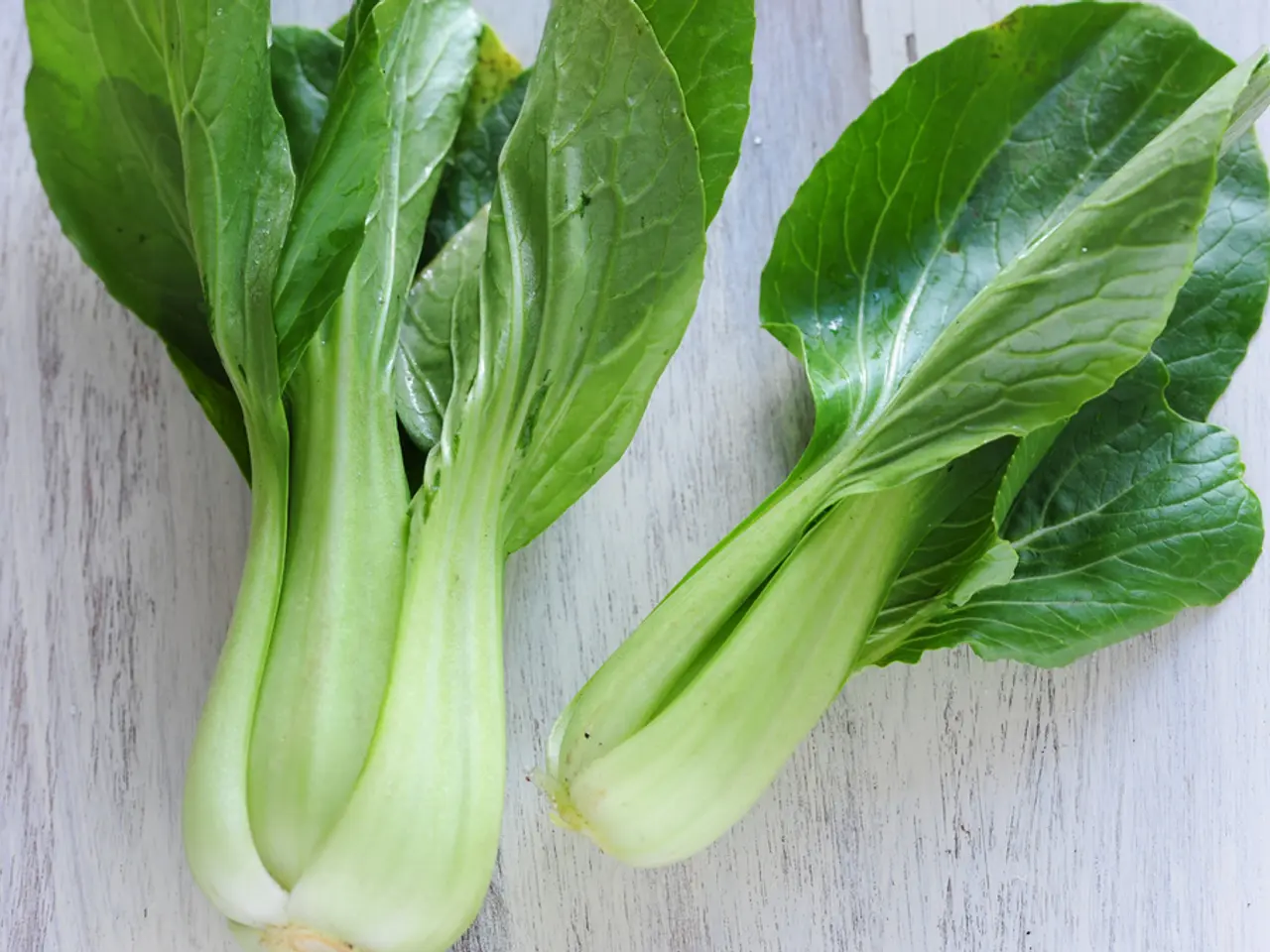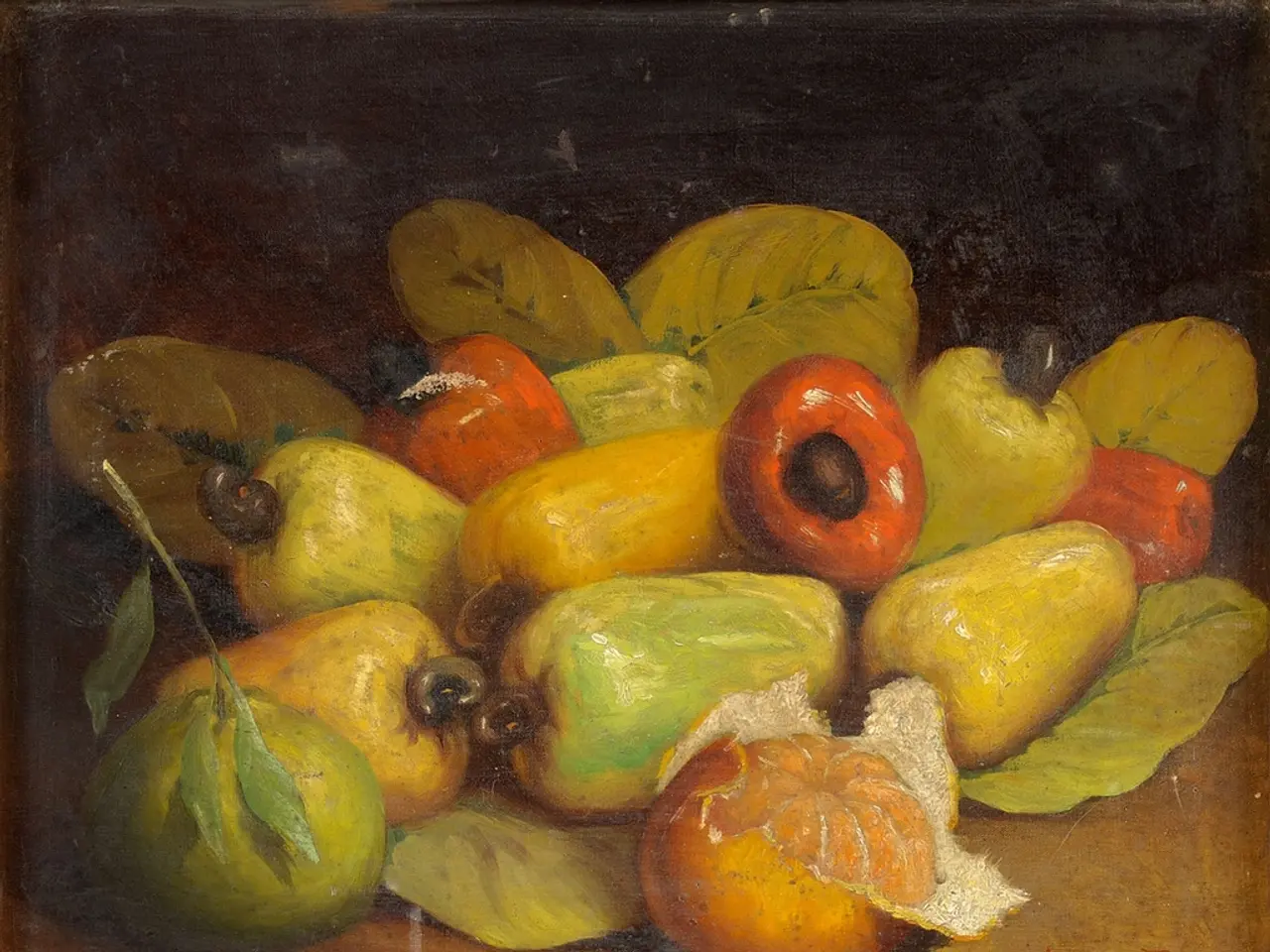Exploring History and Modernity: The National Public Housing Museum in Chicago
The National Public Housing Museum, located in the heart of Chicago, is a unique institution dedicated to preserving and sharing the stories of public housing residents. Founded with a mission to give a worthy place in the spotlight to the thousands of stories of ordinary people, particularly public housing residents, the museum is housed in a former public housing building, the historic Jane Addams Homes [1][3][4].
The museum uses immersive exhibits and oral histories to bring to life the diverse narratives of families who lived in public housing, particularly in Chicago’s Jane Addams Homes. Central to the museum are recreated apartments that showcase everyday life, supported by artifacts such as paintings, photographs, and personal objects, which illustrate the culture and history of public housing communities [1][3][4].
The museum emphasizes public housing residents' activism and community efforts through exhibitions that explore civic initiatives and the challenges of creating truly public housing. For example, it highlights grassroots efforts via murals like ReCreation and curates focused case studies from across the nation to showcase creative commitments to public housing advocacy [1].
The Empowerment Hub, a key part of the museum, includes exhibits such as Elizabeth Magie's The Landlord's Game, a board game designed to protest monopolies and big businesses. The Empowerment Hub also cultivates oral history as a social and civic tool and features posters urging viewers to demand the impossible and keep fighting for change, with images of historical revolutionary organizers like Che Guevara, Nelson Mandela, and James Baldwin [5].
In addition to historical narratives, the museum hosts exhibitions like 'Living in the Shade', which examines the importance of open spaces—gardens, playgrounds, and public art—in enhancing the quality of life in public housing environments, using examples from other cities such as New York City’s Housing Authority developments [2].
The museum's Corner Store Co-op, part of the museum, features products from small businesses and cooperatives owned by public housing residents, aiming to promote economic equity [6]. The Empowerment Hub and Corner Store Co-op help give a voice to public housing residents who have historically been silenced by federal and state governments [7].
The museum's work is a testament to how analyzing the past can uncover strategies that can be applied in the present to promote housing justice. For instance, an exhibit at the museum reveals how redlining and other racist housing policies led to a segregated Chicago [8].
The museum also pays tribute to notable individuals who have been associated with public housing. Sonia Sotomayer, a jurist, donated a picture of her graduation from the Bronxdale Houses to the museum [9]. A record of the song "Keep on Loving You" was presented to LaTonya Floyd in memory of her late brother George Floyd at the museum [10].
The museum is built on the site of the historic Jane Addams Homes, Chicago's first public housing complexes, which were named after Jane Addams, an activist who co-founded settlement houses providing housing and social services [11]. The museum serves as a vital institution for honoring the lived experiences of public housing residents, fostering awareness of their activism, and advocating for social justice in housing [1][3][4].
[1] National Public Housing Museum. (n.d.). About. Retrieved from https://nphm.org/about/ [2] National Public Housing Museum. (n.d.). Exhibitions. Retrieved from https://nphm.org/exhibitions/ [3] National Public Housing Museum. (n.d.). Collections. Retrieved from https://nphm.org/collections/ [4] National Public Housing Museum. (n.d.). Visitor Information. Retrieved from https://nphm.org/visit/ [5] National Public Housing Museum. (n.d.). Empowerment Hub. Retrieved from https://nphm.org/empowerment-hub/ [6] National Public Housing Museum. (n.d.). Corner Store Co-op. Retrieved from https://nphm.org/corner-store-co-op/ [7] National Public Housing Museum. (n.d.). History. Retrieved from https://nphm.org/history/ [8] National Public Housing Museum. (n.d.). Redlining. Retrieved from https://nphm.org/exhibitions/redlining/ [9] National Public Housing Museum. (n.d.). Sonia Sotomayer. Retrieved from https://nphm.org/sonia-sotomayer/ [10] National Public Housing Museum. (n.d.). George Floyd. Retrieved from https://nphm.org/george-floyd/ [11] National Public Housing Museum. (n.d.). Jane Addams Homes. Retrieved from https://nphm.org/jane-addams-homes/
- The National Public Housing Museum spotlights the diverse histories of families who lived in public housing, using immersive exhibits, oral histories, and artifacts such as paintings, photographs, and personal objects.
- The Empowerment Hub, a part of the museum, features exhibits like Elizabeth Magie's The Landlord's Game and cultivates oral history as a social and civic tool, urging viewers to demand change and keep fighting for social justice.
- In addition to historical narratives, the museum showcases exhibitions like 'Living in the Shade', which examines the importance of open spaces in enhancing the quality of life in public housing environments, using examples from other cities.
- The museum's Corner Store Co-op, another essential part, promotes economic equity by featuring products from small businesses and cooperatives owned by public housing residents.




